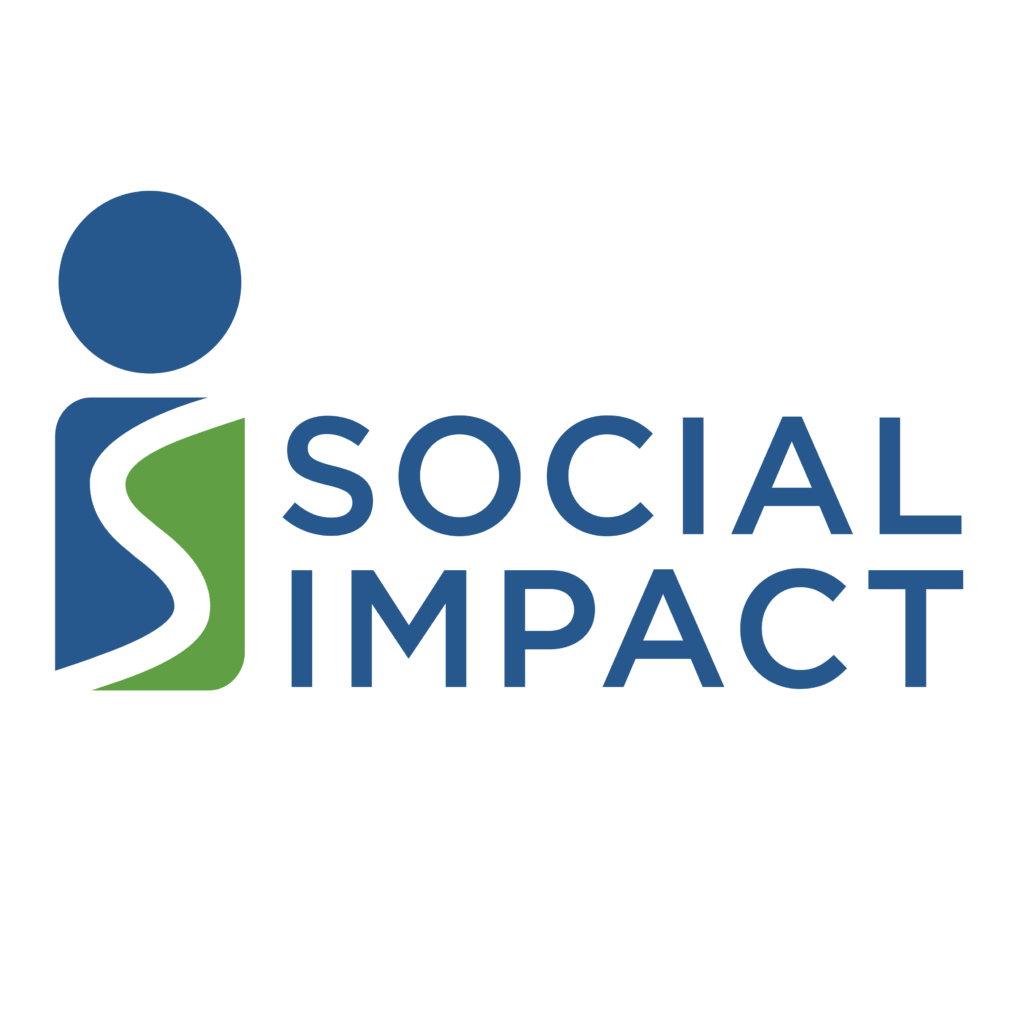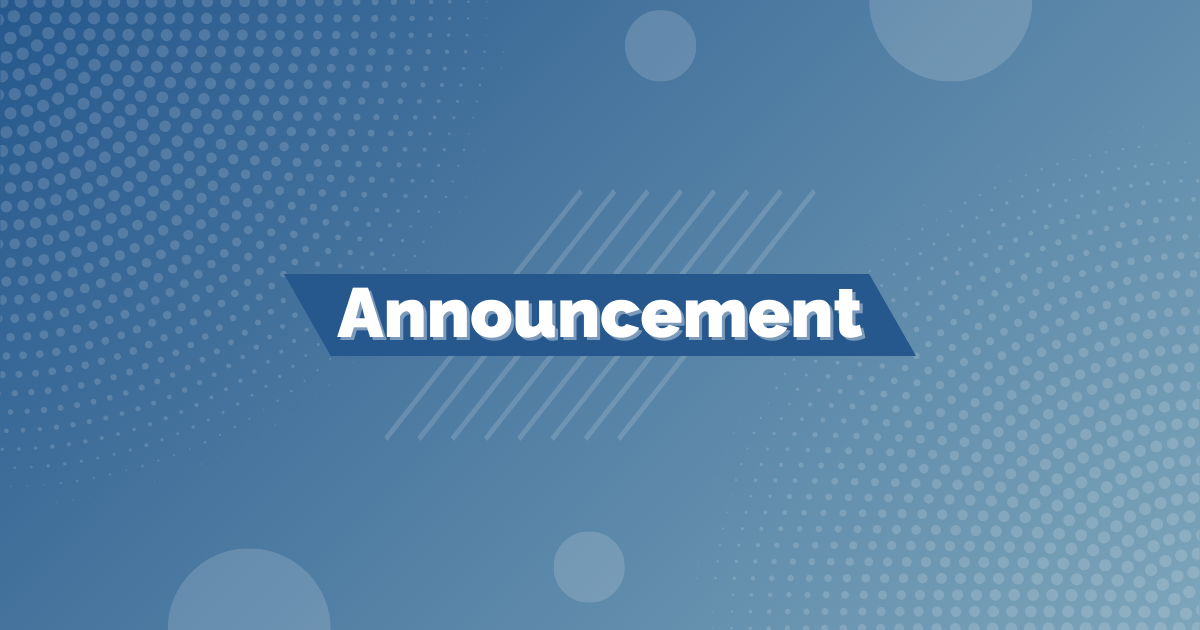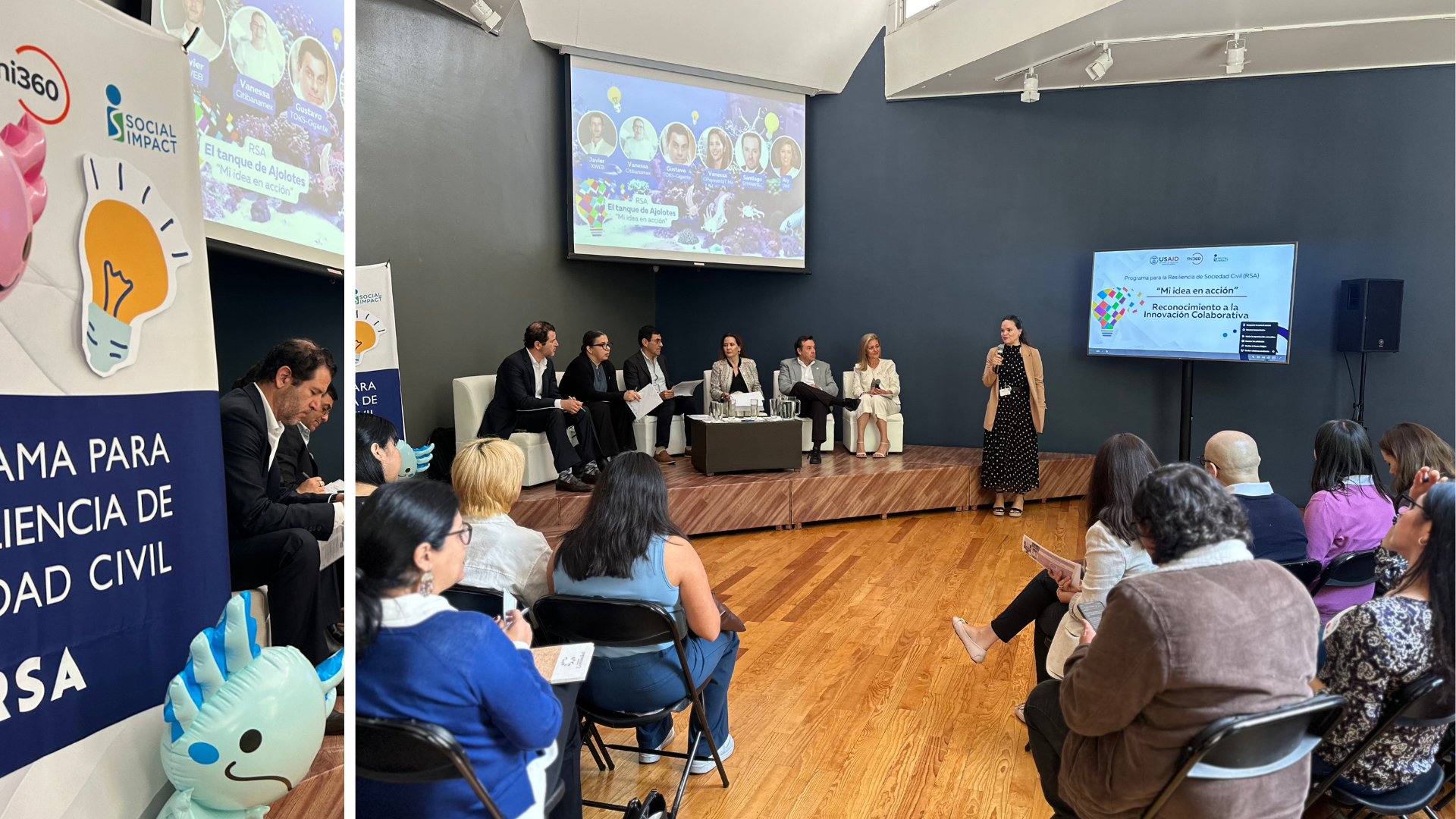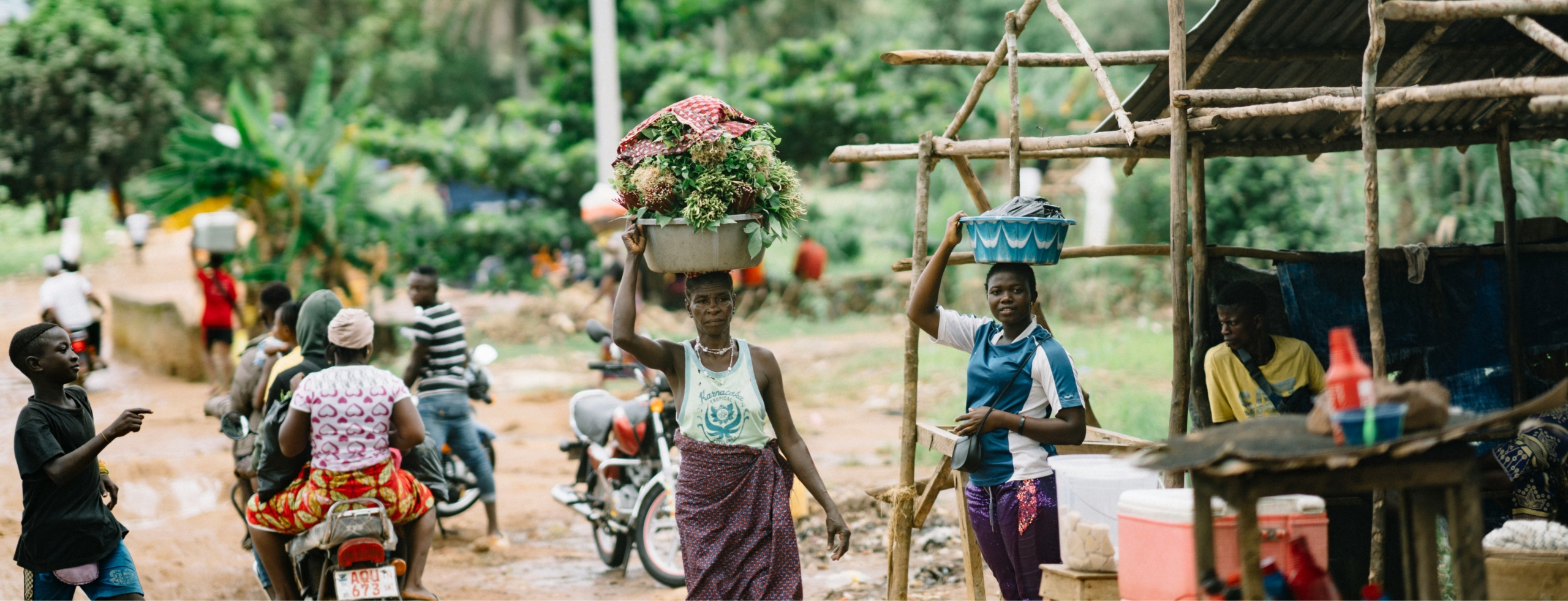By Monalisa Salib, Deputy Chief of Party for USAID Learns, a USAID/Vietnam support mechanism, implemented by Social Impact, Inc.
We are excited to share our Theory of Change Work book. The workbook was developed for use and road-tested with USAID/Vietnam staff and implementing partners. We have been using it over the last several months to support stronger design and implementation of programming across a variety of technical sectors and it has been refined and fine tuned based on user feedback. By sharing it, we hope that it will help others develop stronger theories that guide program implementation and support positive change in local communities and systems.
Why this workbook? Who is it for?
Theories of change are intended to drive implementation by giving us the roadmap we need to get from point A (the right now) to point B (where we are hoping to get). Despite their obvious importance (Where are we headed? How will we get there?), we found there was no systematic or intentional way of going about creating them. Within USAID, each team had their own process, resulting in varying quality and no uniform understanding of what a strong theory of change was or should include.
On the implementing partner (IP) side, we know from personal experience and supporting IPs under the USAID Learns support contract that they often go from the proposal phase to start-up without an intentional check-in on the theory of change. This workbook was born from this check-in moment with IPs during start-up. As part of our Activity Monitoring, Evaluation, and Learning Plan (AMELP) clinics, we walk IPs through the process laid out in this workbook to revisit their theory of change and inform their implementation and overall MEL approach. It then expanded to support the much earlier USAID design process to inform the theory of change that goes into solicitations. The workbook is for staff in the same situation – working on new designs or needing to regroup, especially at the start of implementation. It is sector-agnostic, and thus far we have used it with teams working on environment / climate change, disabilities, and governance challenges.
|
User feedback: “I’m usually a little nervous about step-by-step tools that have users fill in boxes and then the result works out in the end, but I think this one works pretty well. It’s a good way to think through the series of elements that go into a Theory of Change and have them build on each other.” – Chief of Party |
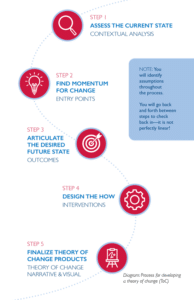
How will this workbook help us?
The workbook takes you through a five-step process for developing the theory of change. The process of developing the theory of change is arguably more important than the final products created. It is in that collaboration and conversation with colleagues, local stakeholders, and other partners that the magic happens: we gain and learn from various perspectives on the challenge, the entry points, and anticipated outcomes that help us create stronger theory of change products (theory of change narrative and logic model – see Step 5).
By going through the workbook, your team will be in alignment on and able to articulate these four elements of a strong theory of change:
- Outcomes: What is the change we are trying to achieve?
- Entry points: Where is there momentum to create that change?
- Interventions: How will we achieve the change?[1]
- Assumptions: Why do we think this will work?
Isn’t the theory of change a simple if-then statement? Why this big production? This is probably the biggest myth we are trying to smash with this workbook, and we partnered with USAID’s Bureau for Policy, Planning & Learning (PPL) to update the Mission on the latest thinking about theories of change – from simple if/then statements to 1-3 page narratives and a corresponding visual (known as the logic model); see the table from our training below.
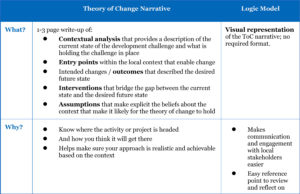
If the change you are trying to address as a team is complex, a simple if/then statement will not address that complexity. It will also not be context-specific, meaning it will not take into account the local conditions and incentives that hold the development challenge in place. And if we plan to ignore that, how will we achieve change?
So the big production then is not really a big production – it is a way to avoid the months of heading nowhere because you ran into a brick wall (see Step 2!) trying to change some intractable issue. It’s about collaborating within your team and local stakeholders to figure out the best way of going about creating change that builds on existing momentum. (To read strong theories of change that do just that, check out these examples.)
OK, I’m sold. What are the best next steps?
- Familiarize yourself with the workbook to get a sense for the process flow and types of questions you will be working through. The process outlined in the workbook is inspired by systems thinking, and you will find overlaps and similarities to other approaches like problem-driven iterative adaptation and context-driven adaptation. The process also borrows from tools such as USAID’s 5Rs Framework and USAID’s Applied Political Economy Analysis Framework. Ultimately, it is aligned with Collaborating, Learning & Adapting (CLA), USAID’s approach to strategic collaboration, organizational learning, and adaptive management.
- Find a facilitator from within or outside your team (maybe it’s you!) to guide participants through the process. This person is the process expert and creates the conditions for meaningful, inclusive participation, leading to better theory of change products.
- Consider who needs to be involved in this process. Theory of change processes should be highly participatory and, most importantly, include local stakeholders. This helps ensure the theory of change is locally-owned and context-specific.
I would love to hear your feedback on the tool, your experience using it, and if your team would be willing to share their resulting theory of change. Feel free to contact me with questions and/or to share any changes or updates to the workbook that worked better for your team.
This blog was previously published by USAID’s Learning Lab here.
Cover Photo Credit: DNY59, Getty Images
[1] Note that USAID design teams may not include interventions in their theories of change in solicitations or design documents; instead, the interventions may be left to the offerors to outline or further detail during implementation.

